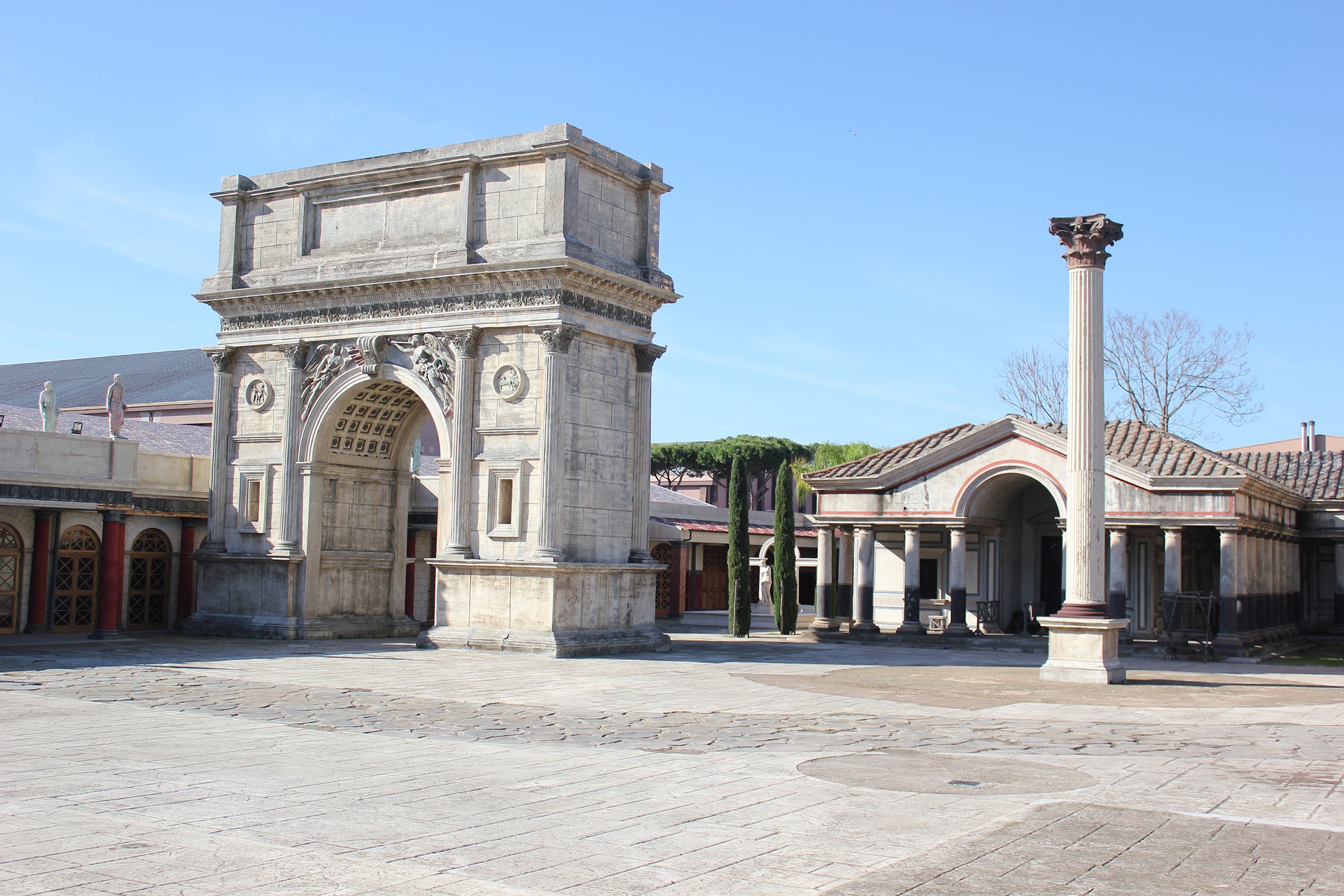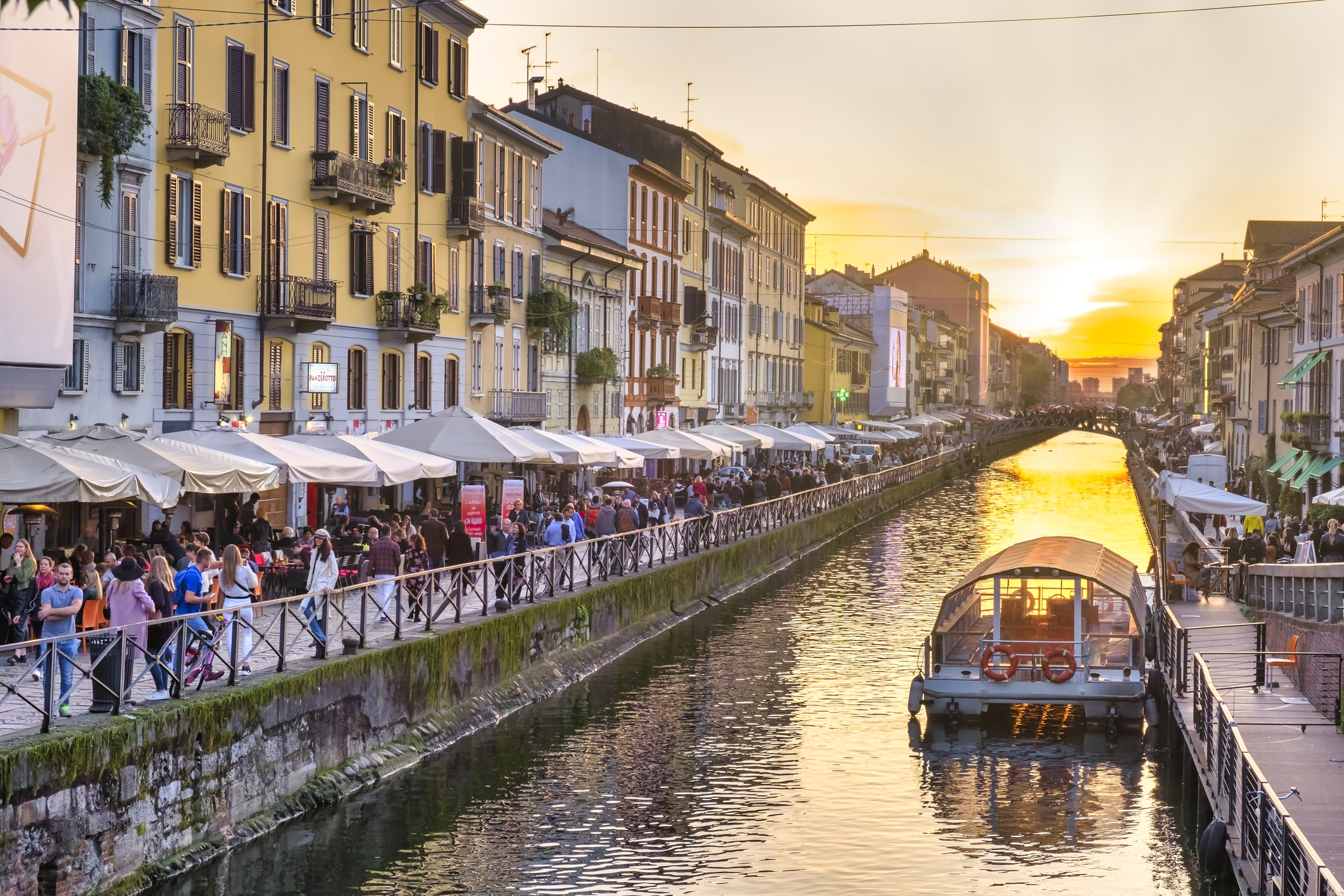On October 17th, a panel of 13 independent experts responsible for assessing Italian cities competing for the title of European Capital of Culture in 2019, selected Matera for the honor.
This award started in 1985. Since then more than 40 cities have been designated European Capitals of Culture, and the initiative has become one of the most prestigious and high profile cultural events in Europe. Each year, cities chosen as European Capitals of Culture provide living proof of the richness and diversity of European cultures.
Matera was selected out of six cities: Cagliari, Lecce, Siena, Perugia, Ravenna and Matera itself.
Steve Green, the chairman of the jury that nominated Matera, and a representative of the European Commission, K. Bartak, were present at the press conference in Rome where Italy’s Minister of Cultural Heritage and Activities Dario Franceschini made the announcement.
le gem in the region of Basilicata
The formal designation of Matera by the EU’s Council of Ministers is expected to take place next year, but people are already celebrating and sending their congratulations to the city.
Androulla Vassiliou, the European Commissioner responsible for culture, stated: “I congratulate Matera on its successful bid. The competition for the title in Italy was one of the strongest ever, with 21 initial contenders narrowed down to six finalists. This number is a testimony of the immense popularity of this European Union initiative”. And moreover he also said: “I am confident that Matera will attract more visitors from Europe and all over the world to discover the city, its history and the cultural diversity which is one of the strengths of our continent. I am convinced that the title will bring Matera and its surrounding area significant long-term cultural, economic and social benefits, as we have seen with previous European Capitals of Culture”.
When the news arrived in Matera, the city exploded in a burst of joy. Matera Mayor, Salvatore Adduce, showed watery eyes as he said that: “The designation of Matera is an example of civilization and rebirth that comes to Europe from Matera and the whole of the south of Italy”.
But let’s take a closer look at Matera.
Matera is a little gem in the region of Basilicata and was its capital from 1663 to 1806.
The town lays in a small canyon, which has been eroded over the years by a small stream, the Gravina. This is why the city is also known as “la Città Sotterranea” (the Subterranean City). The historical center of the city is well known as “Sassi” (stones), and together with the Park of the Rupestrian Churches has been a UNESCO World Heritage sites of UNESCO since 1993.
The “Sassi” are houses dug into the calcareous rock characteristic of Basilicata and the Apulia area. Many of these “houses” are really only caverns, and the streets in some parts of the Sassi often are located on the rooftops of other houses. The ancient town grew in height on one slope of the ravine created by a river that is now a small stream. It’s a unique and beautiful site that today, thanks to the aid of the Italian government, UNESCO, and Hollywood, is full of successful businesses, pubs, and hotels.
But it was not so long ago, in the 1950s, that the Italian government, deeming the houses unlivable, forcefully relocated most of the population of the Sassi to areas of the developing modern city.
The area of what is now Matera has been settled since the Palaeolithic. The “Sassi” originate from a prehistoric settlement, and are suspected to be some of the earliest settlements in Italy. As exotic as it might appear, many have seen Matera without knowing it; filmmakers have used the ancient and primitive scenery in and around the Sassi as the setting for ancient Jerusalem in many famous movies. Mel Gibson for example decided to film many scenes of the Passion in this beautiful city.
Go discover Matera and the many historical sites the city offers!































